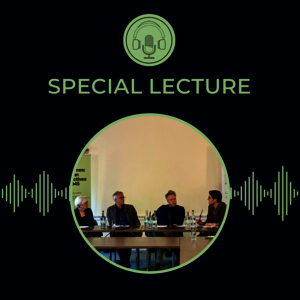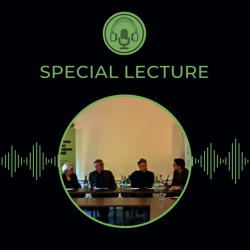 GHIL Podcast
GHIL Podcast

Special Lecture
Janina Struk, Paul Betts and James Bulgin
London – Images as Evidence | Bilder als Beweise
2 July 2025
(1:07 h)

Special Lecture
Janina Struk, Paul Betts and James Bulgin
London – Images as Evidence | Bilder als Beweise
The exhibition “The Horror Camps”, displayed in the Reading Room of the Daily Express in London from May 1945, featured enlarged photographs from the liberated Nazi camps. It prompted questions about the relationship between image and evidence, as well as the public use of degrading images, which remain profoundly relevant to this day. Janina Struk (independent scholar), Paul Betts (University of Oxford) and James Bulgin (Imperial War Museums) discuss these questions against the backdrop of changing historical conditions and curatorial practices.
The event, in cooperation with the Rethinking Modern Europe Seminar (Institute of Historical Research (IHR)), is part of the series Facing Nazi Crimes: European Perspectives after 1945 organised by the Deutsches Historisches Museum and the Documentation Centre “German Occupation of Europe in the Second World War”. This European event series explores the social and historical contexts of the early exhibitions on Nazi crimes organised between 1945 and 1948. The series will unfold in the cities where these exhibitions were originally held – Paris, Warsaw, London, Liberec and Bergen-Belsen – and will conclude in Berlin. How did the exhibitions relate to the early visual, documentary, legal, political, and historical efforts to address the German occupation and its crimes? How were they received and what influence did they have on today’s culture of remembrance?